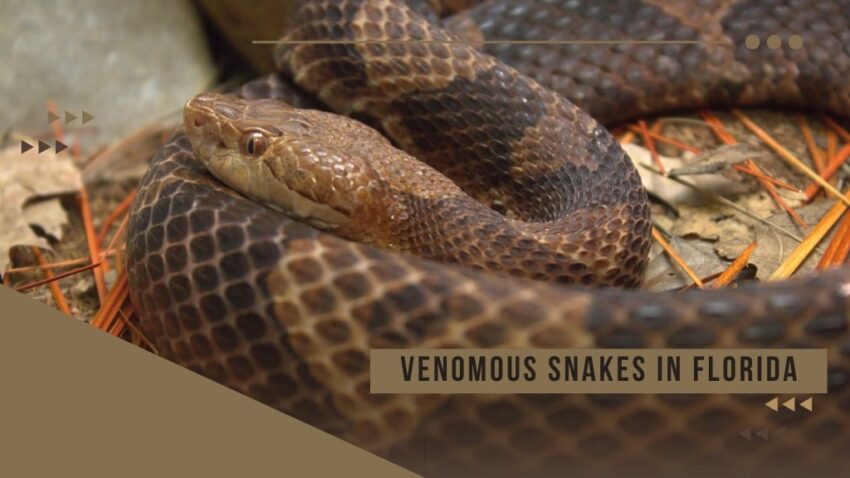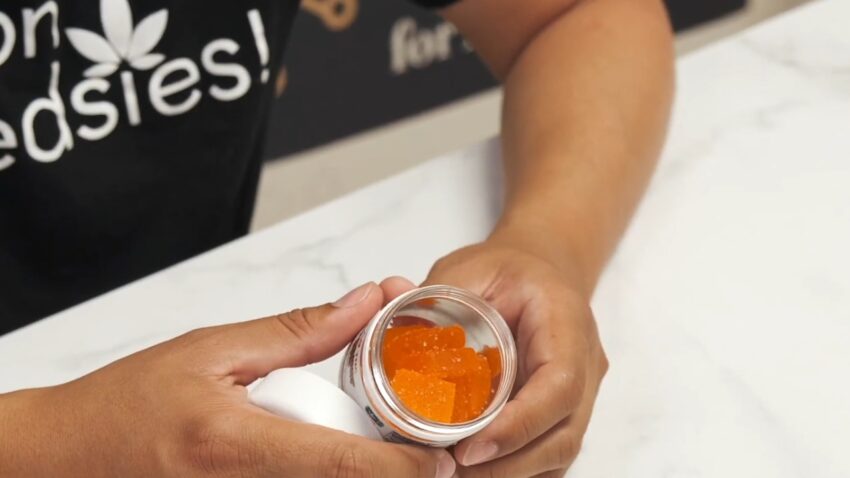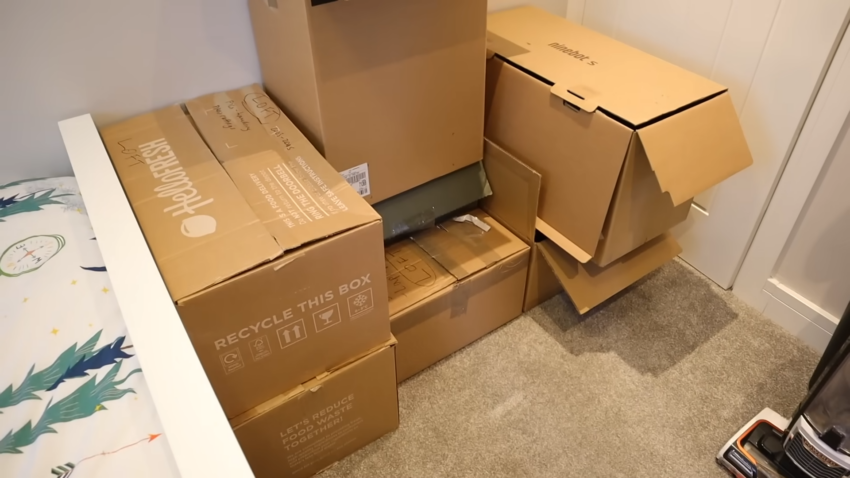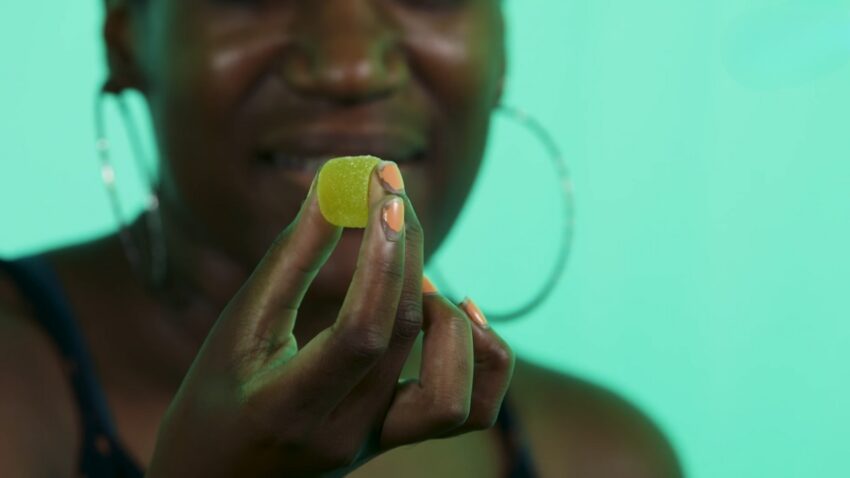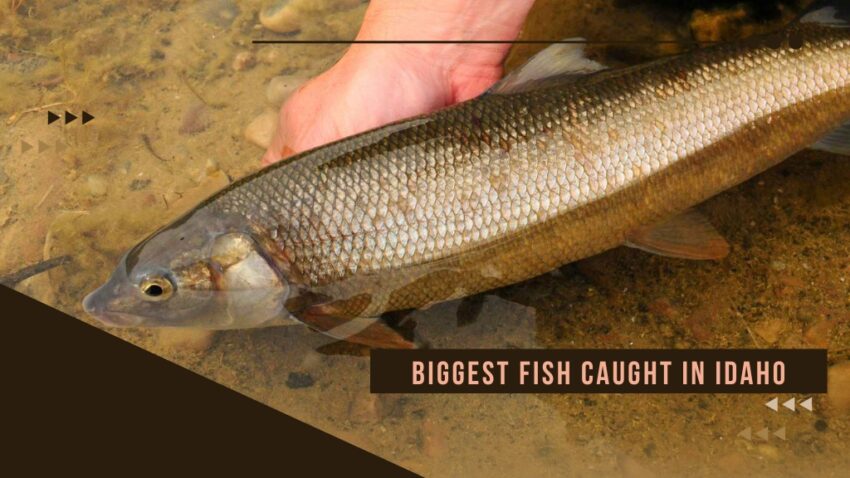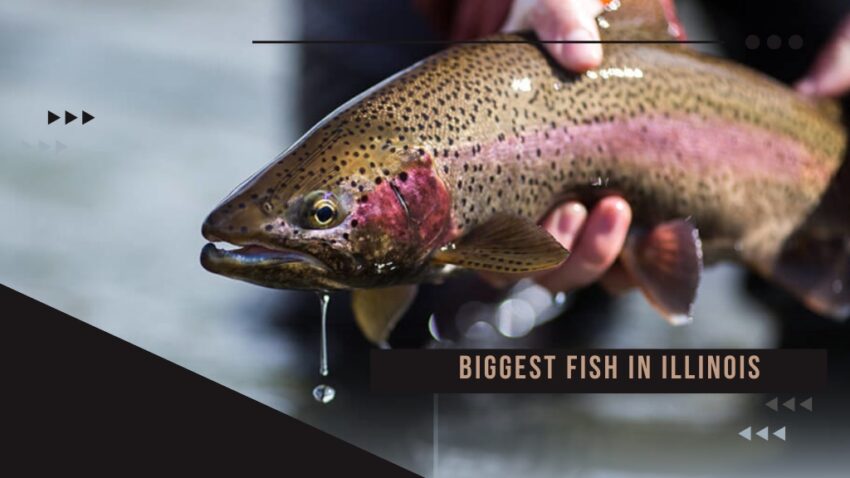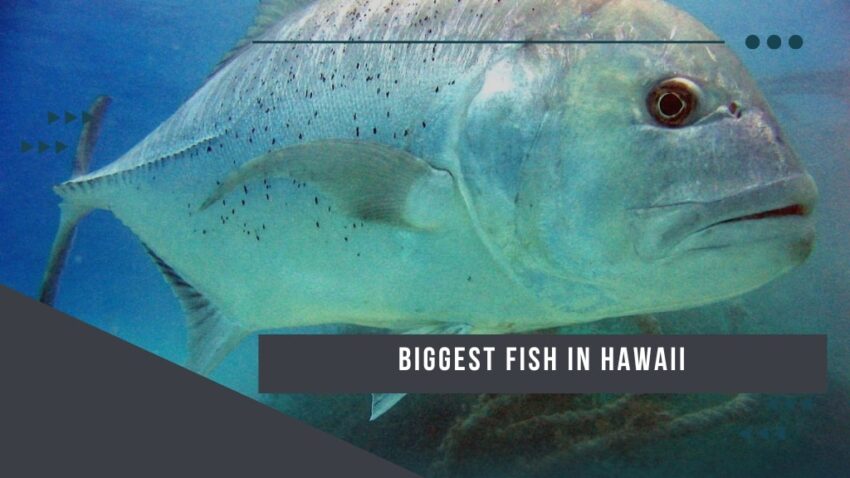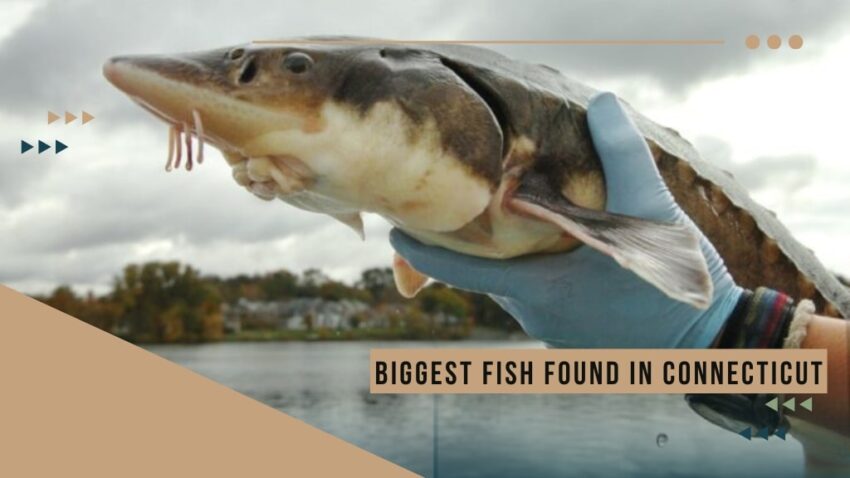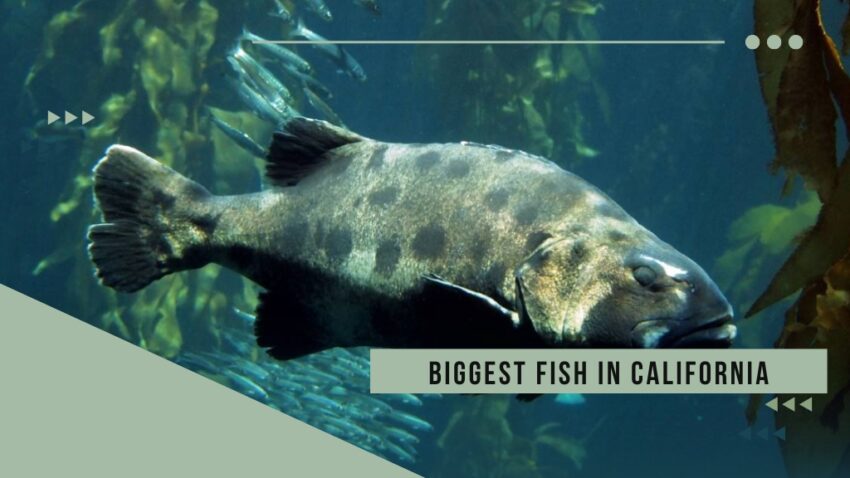Florida, the land of enchantment and sunny beaches, is home to a rich and diverse ecosystem. Amidst the breathtaking beauty lies a secret world—a world where venomous snakes silently slither through the wilderness. In this article, we delve deep into the captivating realm of venomous snakes in Florida, shedding light on their unique characteristics, habitats, and the precautions to take when encountering these fascinating creatures.
The Venomous Cast of Characters
1. Eastern Diamondback Rattlesnake
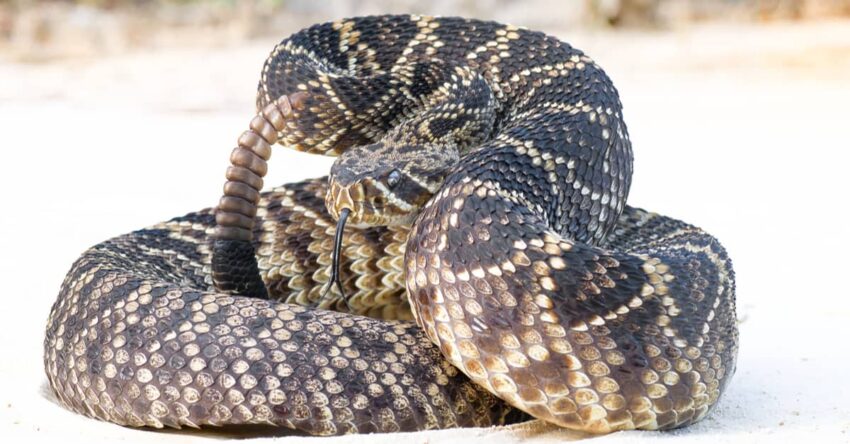
Meet the superstar of the venomous snake community—the Eastern Diamondback Rattlesnake. Sporting an intricate diamond-shaped pattern and a rattle that strikes fear into the hearts of even the bravest souls, this serpent commands attention.
With venomous fangs capable of delivering a potent bite, the Eastern Diamondback is the heavyweight champion of Florida’s snake world. Found in various habitats, including forests, pine flatwoods, and marshes, this iconic species serves as a symbol of Florida’s untamed wilderness.
2. Water Moccasin (Cottonmouth)
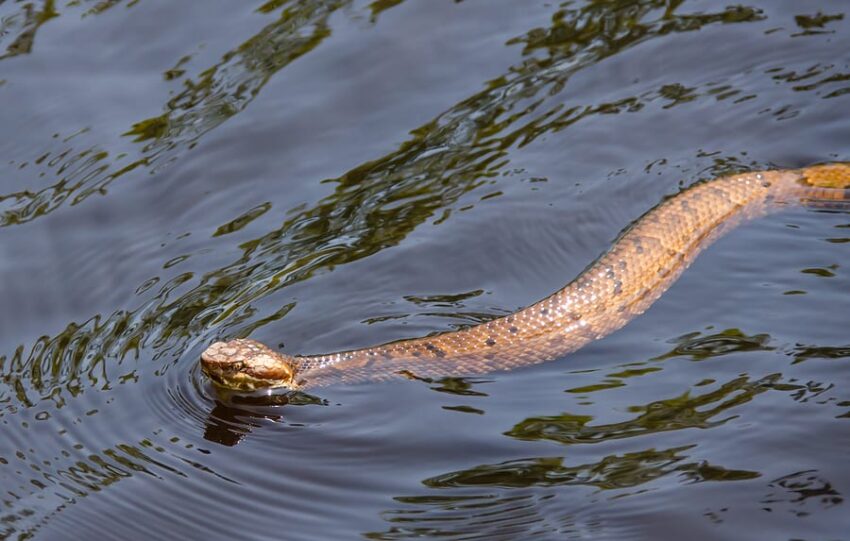
As we venture into Florida’s waterways, we encounter the notorious Water Moccasin, also known as the Cottonmouth. These snakes often hide in plain sight, resembling a floating log along lazy riverbanks or swamps.
The Water Moccasin’s venomous bite and formidable temperament serve as a reminder that these reptiles demand respect. They thrive in aquatic environments, preying on fish, amphibians, and even small mammals. So, next time you’re near the water, keep an eye out for this stealthy predator.
3. Coral Snake
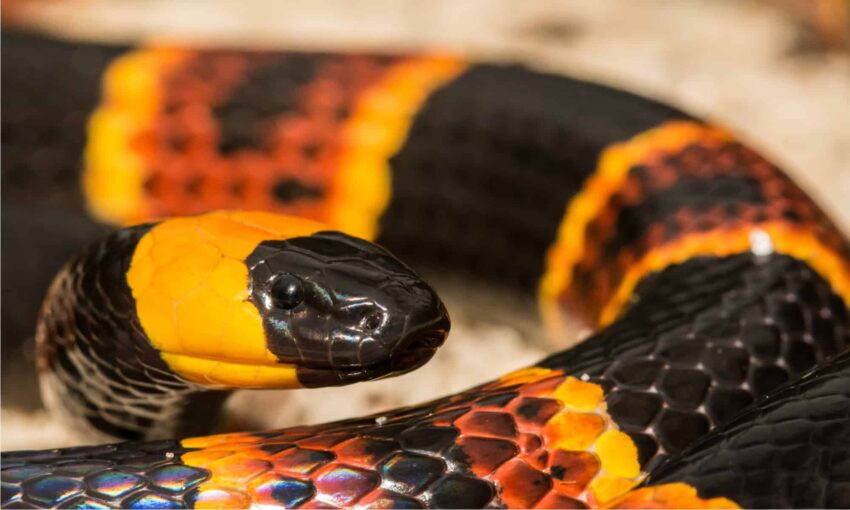
Prepare to be charmed by the vibrant and enigmatic Coral Snake. Adorned with striking bands of red, yellow, and black, this slinky serpent may catch your eye—but beware! The Coral Snake’s venom is highly potent, making it one of Florida’s most dangerous residents.
Unlike some venomous snakes, the Coral Snake possesses a small mouth, making it more challenging for them to deliver a bite. Nonetheless, it is crucial to maintain a safe distance and admire these mesmerizing creatures from afar.
4. Dusky Pygmy Rattlesnake
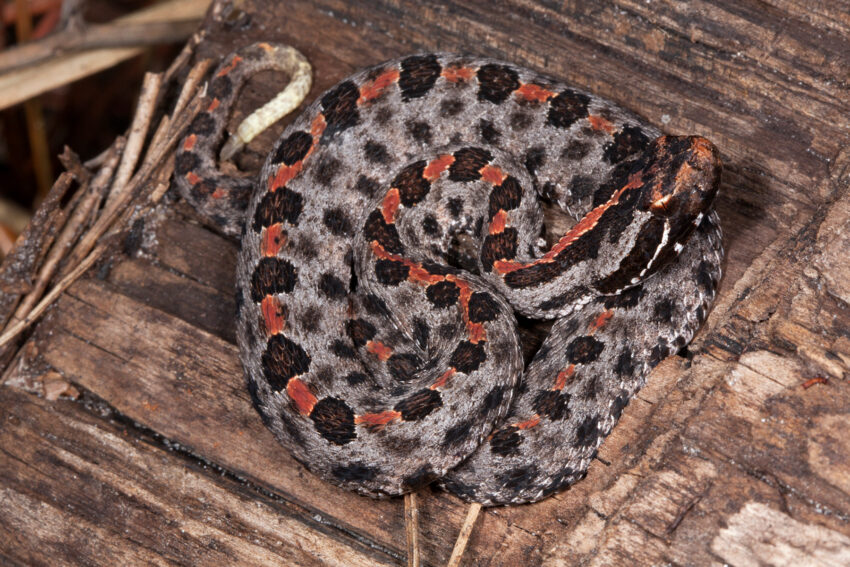
Small in size but big on venom, the Dusky Pygmy Rattlesnake is a master of disguise. Often mistaken for a harmless species, it conceals its true identity until the moment of truth arrives. These camouflaged serpents possess a venomous bite that can cause severe discomfort and, in some cases, medical emergencies. Found in various habitats, including marshes, pinelands, and even urban areas, the Dusky Pygmy Rattlesnake serves as a reminder that vigilance is necessary for snake-infested territories.
Snake Safety: Tips for Living in Harmony
While venomous snakes can instill fear, it is essential to remember that they play a vital role in maintaining a balanced ecosystem. Florida residents and visitors alike can coexist peacefully with these slithering creatures by following a few simple guidelines:
- Knowledge Is Power: Educate yourself about the venomous snakes in your area. Understand their habits, preferred habitats, and common warning signs of their presence.
- Watch Your Step: When exploring Florida’s wild spaces, remain vigilant. Stick to well-marked trails, avoid tall grasses or underbrush, and use a flashlight when walking at night.
- Give Them Space: If you encounter a venomous snake, keep a safe distance. Remember, these reptiles prefer retreat over confrontation and will strike only when they feel threatened.
- Respect Their Home: Do not attempt to capture or handle venomous snakes unless you are a trained professional. Snakes play a crucial role in maintaining ecological balance and should be admired from a distance.
- Seek Medical Attention: In the event of a snakebite, seek immediate medical help. Try to remember the snake’s appearance, but do not waste time or risk further injury by attempting to capture the snake.
Fun Facts: The Secrets of Florida’s Snakes
As we bid farewell to the captivating realm of Florida’s venomous snakes, let us leave you with some intriguing facts that showcase the astonishing diversity and adaptability of these reptiles. Take a look at the table below for a summary of interesting facts about each of Florida’s venomous snakes:
| Snake Species | Fun Fact |
|---|---|
| Eastern Diamondback Rattlesnake | The Eastern Diamondback Rattlesnake possesses the longest fangs of any venomous snake in North America, measuring up to 1.5 inches in length. |
| Water Moccasin (Cottonmouth) | The Water Moccasin can swim with its head above the water, earning it the nickname “Cottonmouth” due to the white coloration inside its mouth. |
| Coral Snake | The Coral Snake is part of the “micrurus” genus, known for its highly potent venom. Surprisingly, it has small fixed fangs instead of retractable fangs. |
| Dusky Pygmy Rattlesnake | The Dusky Pygmy Rattlesnake is not only the smallest venomous snake in Florida but also has a unique rattle sound that resembles the buzzing of an insect. |
From the impressive fang size of the Eastern Diamondback Rattlesnake to the potent venom of the Coral Snake, each species presents its own unique adaptations and traits that contribute to the fascinating tapestry of Florida’s snake population.
Conclusion
Florida’s venomous snakes are not merely creatures to be feared, but guardians of their habitats. They keep rodent populations in check and contribute to the overall health of their ecosystems.
From the fierce Eastern Diamondback Rattlesnake to the elusive Water Moccasin, the captivating Coral Snake, and the cunning Dusky Pygmy Rattlesnake, each venomous species offers a window into the extraordinary world of survival and adaptation. Their venomous bites serve as a reminder of their remarkable hunting techniques and the coiled power hidden within their slender bodies.
Related Posts:
- The Biggest Fish in Florida: A Deep Dive into the…
- Into the Wild: A Closer Look at the Venomous Snakes…
- Unveiling the Best Camping Locations in Florida -…
- Top 5 Bad Credit Loans in Florida - Boost Your…
- Unveiling the Truth About the Venomous Snakes in Arizona
- Venomous Vipers: Exploring Poisonous Snakes in California

